The personal computer (PC) market is witnessing a potential paradigm shift that could reshape the industry’s future. A recent ZDNet article highlights the critical juncture facing Intel, long-time leader in PC processors, as it grapples with the rising challenge of ARM-based processors. This development not only threatens Intel’s market dominance but also signals a possible transformation in the very architecture that has powered PCs for decades.
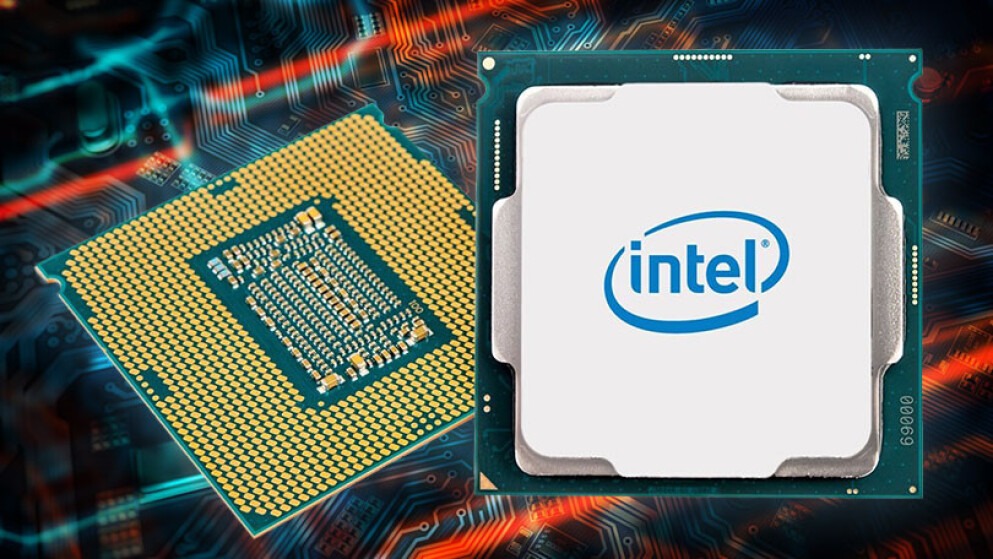
Intel’s Urgent Need for Innovation
At the heart of the matter is Intel’s pressing need to develop a strong competitor to Qualcomm’s processors, particularly their ARM-based Snapdragon chips. These chips have been making significant inroads in the laptop market, presenting a formidable challenge to Intel’s traditional stronghold. The urgency of this situation cannot be overstated:
- Qualcomm’s Snapdragon chips are gaining traction due to their impressive efficiency and performance improvements.
- The rise of ARM processors in laptops represents a direct threat to the dominance of x86 architecture, which has been Intel’s bread and butter.
- Failure to innovate and compete effectively could relegate x86 to a niche market in PCs, a worst-case scenario for Intel.
This challenge comes at a time when the PC market is evolving rapidly, with consumers and manufacturers alike seeking new solutions that offer better performance, energy efficiency, and versatility.
The Rise of ARM Processors in PCs
The growing popularity of ARM-based processors in the PC market can be attributed to several factors:
- Energy Efficiency: ARM processors are known for their excellent power management, leading to longer battery life in laptops.
- Performance Improvements: Recent generations of ARM chips have made significant strides in performance, narrowing the gap with traditional x86 processors.
- Mobile Integration: As the line between mobile and desktop computing blurs, ARM’s strong presence in the mobile market gives it an advantage in creating seamlessly integrated experiences.
- Thermal Efficiency: ARM processors often run cooler than their x86 counterparts, allowing for thinner and lighter laptop designs.
These advantages have made ARM processors an increasingly attractive option for laptop manufacturers looking to offer devices that meet evolving consumer demands.
The Threat to x86 Dominance
Intel’s x86 architecture has been the backbone of the PC industry for decades. However, the rise of ARM processors poses several threats to this dominance:
- Market Share Erosion: As more laptop manufacturers adopt ARM processors, Intel’s market share could gradually diminish.
- Ecosystem Shift: A significant move towards ARM could lead to more software being optimized for this architecture, further challenging x86’s position.
- Innovation Pressure: Intel may be forced to accelerate its innovation cycle to keep pace with the rapid advancements in ARM technology.
- Financial Impact: Any loss in market share could have substantial financial implications for Intel, potentially affecting its R&D capabilities.
The potential relegation of x86 to a niche market, as suggested in the ZDNet article, would represent a seismic shift in the PC industry and a significant blow to Intel’s business model.
Microsoft’s Crucial Role
The future of processor architecture in PCs is not solely in the hands of chip manufacturers. Microsoft, as the developer of Windows, plays a pivotal role in this ecosystem:
- Windows on ARM: Microsoft’s efforts to optimize Windows for ARM processors will greatly influence their adoption rate in PCs.
- Software Compatibility: The ease with which existing Windows software can run on ARM-based systems will be crucial for consumer and enterprise adoption.
- Developer Support: Microsoft’s ability to encourage developers to create ARM-native applications for Windows will be a key factor in the architecture’s success.
Microsoft’s decisions and level of commitment to supporting ARM-based systems will significantly impact the future balance between ARM and x86 in the PC market.
Consumer Preferences: The Ultimate Arbiter
While technological advancements and industry moves are important, the ultimate success of ARM processors in laptops will be determined by consumer preferences:
- Performance: Users will expect ARM-based laptops to match or exceed the performance of traditional x86 systems in everyday tasks.
- Battery Life: One of ARM’s key selling points is improved energy efficiency, which must translate to noticeably better battery life in real-world usage.
- Price: The cost of ARM-based systems relative to comparable x86 laptops will play a significant role in consumer adoption.
- Software Compatibility: Consumers will expect their existing software to work seamlessly on ARM-based PCs.
- New Capabilities: ARM processors might enable new features or form factors that could sway consumer preferences.
The interplay of these factors will ultimately decide whether ARM processors can successfully challenge x86’s dominance in the consumer PC market.
Intel’s Path Forward
Facing this challenge, Intel has several potential strategies to maintain its position in the PC market:
- Accelerated Innovation: Rapidly improving the performance and efficiency of x86 processors to compete with ARM advancements.
- Hybrid Architectures: Developing processors that combine x86 and ARM-like efficiencies, similar to their Lakefield processors.
- Diversification: Expanding into other markets and technologies to reduce reliance on PC processor sales.
- Partnerships and Acquisitions: Collaborating with or acquiring companies with complementary technologies to enhance their competitive position.
- Marketing and Ecosystem Support: Leveraging their strong brand and existing relationships in the PC industry to maintain market presence.
The effectiveness of these strategies will play a crucial role in determining Intel’s future in the evolving PC market.
Conclusion: A Pivotal Moment in PC Evolution
The challenge posed by ARM processors to Intel’s x86 dominance represents a pivotal moment in the evolution of personal computing. As ARM-based chips continue to improve in performance and gain traction in laptops, Intel faces the most significant threat to its market position in decades.
The outcome of this technological battle will have far-reaching implications not just for Intel, but for the entire PC ecosystem. It will influence everything from hardware design and software development to user experiences and industry standards.
As this situation unfolds, all eyes will be on Intel’s response to this challenge. Their ability to innovate, adapt, and compete in this changing landscape will not only determine their own future but also shape the direction of the PC industry for years to come. For consumers and industry observers alike, this promises to be a fascinating chapter in the ongoing story of personal computing technology.

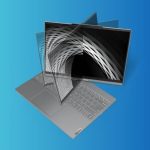





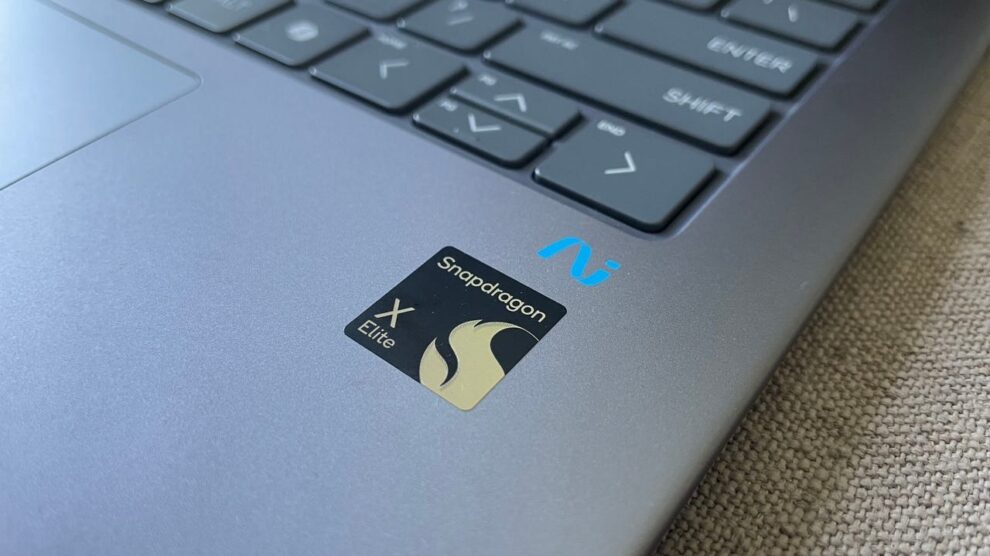
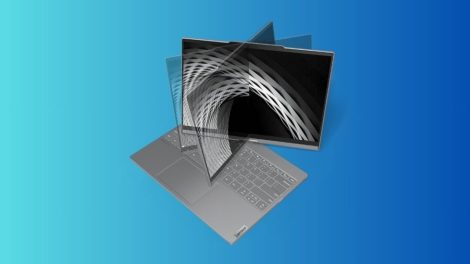
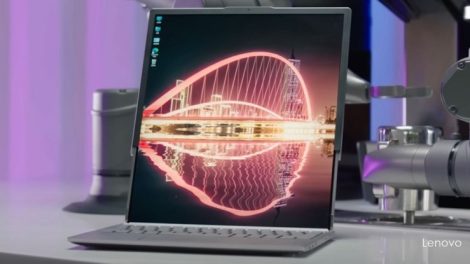
Add Comment